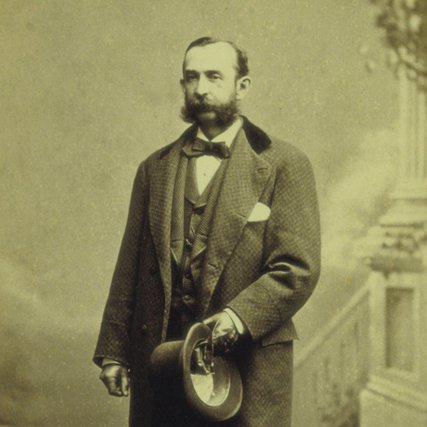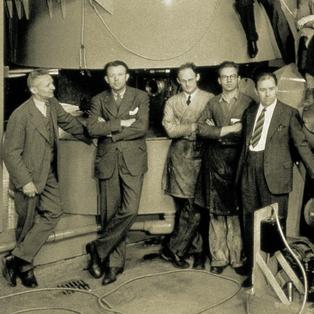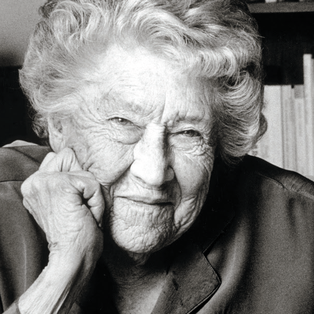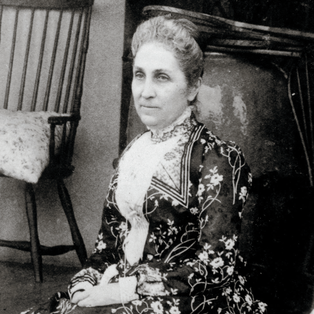Building a New University and a New State
The College of Letters was established in 1869, but the practical arts still dominated the university curriculum until second president Daniel Coit Gilman (pictured at right) succeeded in persuading skeptical Californians that a great university had to be comprehensive in scope. The dynamic Gilman also actively cultivated donors. During his presidency, the 1,036-volume library collection increased twelvefold with the help of private gifts, including a bequest from San Francisco banker Michael Reese.

In its early years, the university offered the subjects that made the most sense to Californians: agriculture, mining and mechanical engineering, and the classics. Some scholars of great reputation were soon attracted to Berkeley, among them Eugene W. Hilgard, who joined the faculty in 1875. One of the nation’s great geologists and soil chemists, Hilgard organized the College of Agriculture and extended its influence well beyond the campus by visiting farmers throughout the state on horseback with his field laboratory.
German by birth, Hilgard had an interest in grape agriculture and winemaking. He encouraged the transplanting of European varietals to California and provided counsel to early growers in the Sonoma and Napa Valleys. With the support of many generous contributors — such as M. Theodore Kearney, who left his entire estate for agricultural instruction and research — Hilgard nourished an agricultural revolution that changed the landscape of the new young state.
A.P. Giannini, founder of the Bank of America, was convinced that farmers’ chief trouble was neither soil nor weather but a lack of knowledge about sound business practices. He arranged to give the university $1.5 million in 1928 to erect Giannini Hall for the College of Agriculture and to establish the Giannini Foundation of Agricultural Economics. The training and education that Giannini underwrote helped turn the wild hills and valleys of California into one of the most productive and lucrative agricultural regions in the world.
UC Berkeley has played a critical role in developing and protecting California’s vast natural resources ever since. The College of Natural Resources, formed through a merger of the College of Agriculture and the School of Forestry in 1974, produces research that has global influence on issues ranging from increasing the world’s food supply to balancing economic development with environmental protection.



